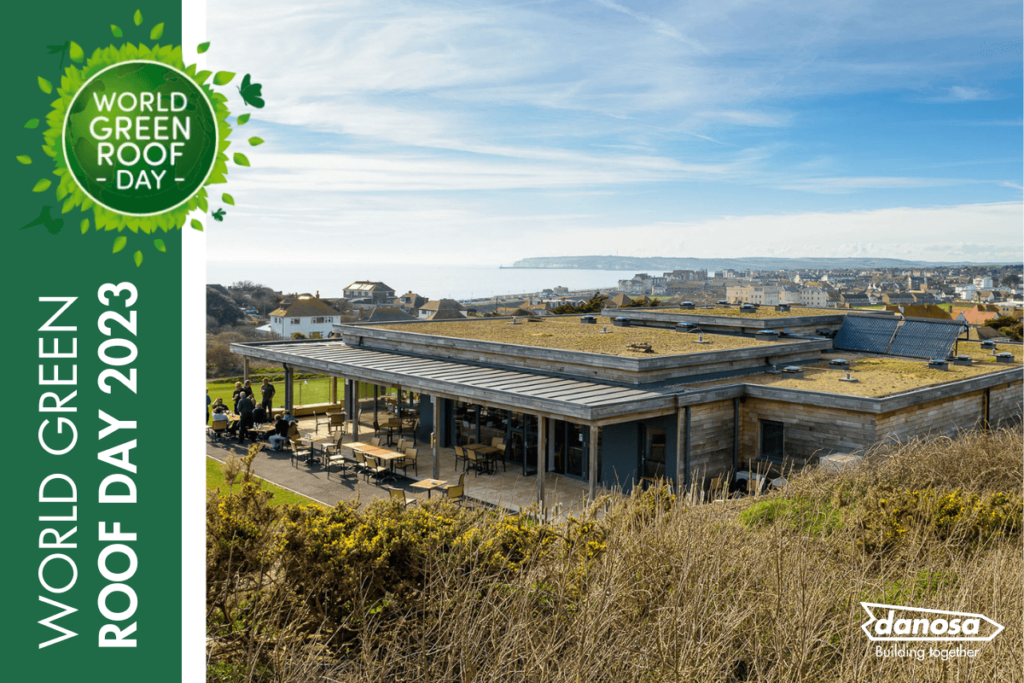Solar panels have become a prominent source of clean and renewable energy, revolutionising the way we generate electricity. However, these panels are not immune to the effects of external factors, one of which is temperature. Contrary to what you might expect, solar panel efficiency decreases as temperatures rise over 25°C, affecting their overall performance. Additionally, the colour of the roof on which these solar panels are installed can play a significant role in their efficiency.
Understanding How Solar Panels Work:
Solar panels convert sunlight into electricity using photovoltaic cells. They are typically crafted from silicon or another semiconductor substance, enclosed within a metal panel framework and shielded by a glass enclosure. When this material is exposed to sunlight it releases electrons and generates an electrical charge.
This electrical charge, known as photovoltaic (PV) charge, gives rise to an electric current, specifically in the form of direct current (DC). The wiring within the solar panels captures this DC electricity. Subsequently, an inverter is employed to convert this direct current into alternating current (AC), the type of electrical current used by the appliances you plug into normal wall sockets.
However, the efficiency of solar panels is influenced by temperature and the relationship is not linear. Solar panels work best when they are cool, ideally at around 20-25°C.
The primary reason for the decrease in efficiency is that higher temperatures cause an increase in the internal resistance of the photovoltaic cells. This increased resistance reduces the panel’s ability to convert sunlight into electricity efficiently. Currently, for every 1°C rise in temperature above 25°C, solar panel efficiency can decrease by around 0.3% to 0.5%. Thus, on a scorching summer day when temperatures can easily reach 35°C or higher, solar panels can operate at significantly reduced efficiency.
Although solar panels will always perform better on a hot sunny day compared to a cloudy rainy day, with the planet getting hotter each year, it’s important to design solar panel roofs with the negative effects of heat in mind.
The Impact of Roof Colour
The colour of the roof on which solar panels are installed can influence their efficiency. Dark-coloured roofs, such as black or dark brown, tend to absorb more heat from the sun, causing the temperature of the solar panels to rise.
On the other hand, lighter-coloured roofs have the opposite effect. These roofs reflect more sunlight and heat, keeping the temperature of the panels lower. DANOSA’s white PVC single ply membrane, DANOPOL Cool Roofing, has a high Solar Reflective Index (SRI) of 103, indicating its excellent ability to reflect solar radiation. This reflective property can significantly reduce the heat absorbed by the solar panels, helping them maintain a cooler temperature.
White Single Ply Roofing: A Fantastic Solution for Flat Roofs
Although not currently as popular in the UK as other countries, white single ply roofing has gained popularity in the construction industry overseas for its numerous benefits, including its positive impact on solar panel efficiency.
Enhanced Efficiency: White single ply roofing reflects a significant portion of sunlight, reducing the amount of heat absorbed by the solar panels. This, in turn, helps maintain the panels at a lower and more favourable operating temperature, thereby improving their efficiency.
Energy Savings: White single ply roofing not only benefits solar panels but also contributes to energy savings in cooling costs for buildings themselves. The reflective nature of the waterproofing material reduces the amount of heat transmitted into the building, reducing the need for air conditioning, and lowering energy consumption. This, in turn, can help us curb the effects of the Urban Heat Island effect and save money on energy bills for building owners.
Improved Return on Investment: The cooler roof surface that white single ply creates ensures that your solar panels remain in good condition for an extended period. This means that building owners can enjoy a higher return on investment as panels generate more electricity and require fewer maintenance or replacement costs.
As the world continues to prioritise renewable energy, it’s essential to consider all the factors that impact the performance of solar panels. Integrating white single ply on a flat roof with solar panels is a smart choice, not only for improved efficiency but also for long-term sustainability and environmental benefits. By making informed decisions about the materials we use in construction and energy generation, we can maximise the potential of solar panels and move closer to a greener and more sustainable future.




